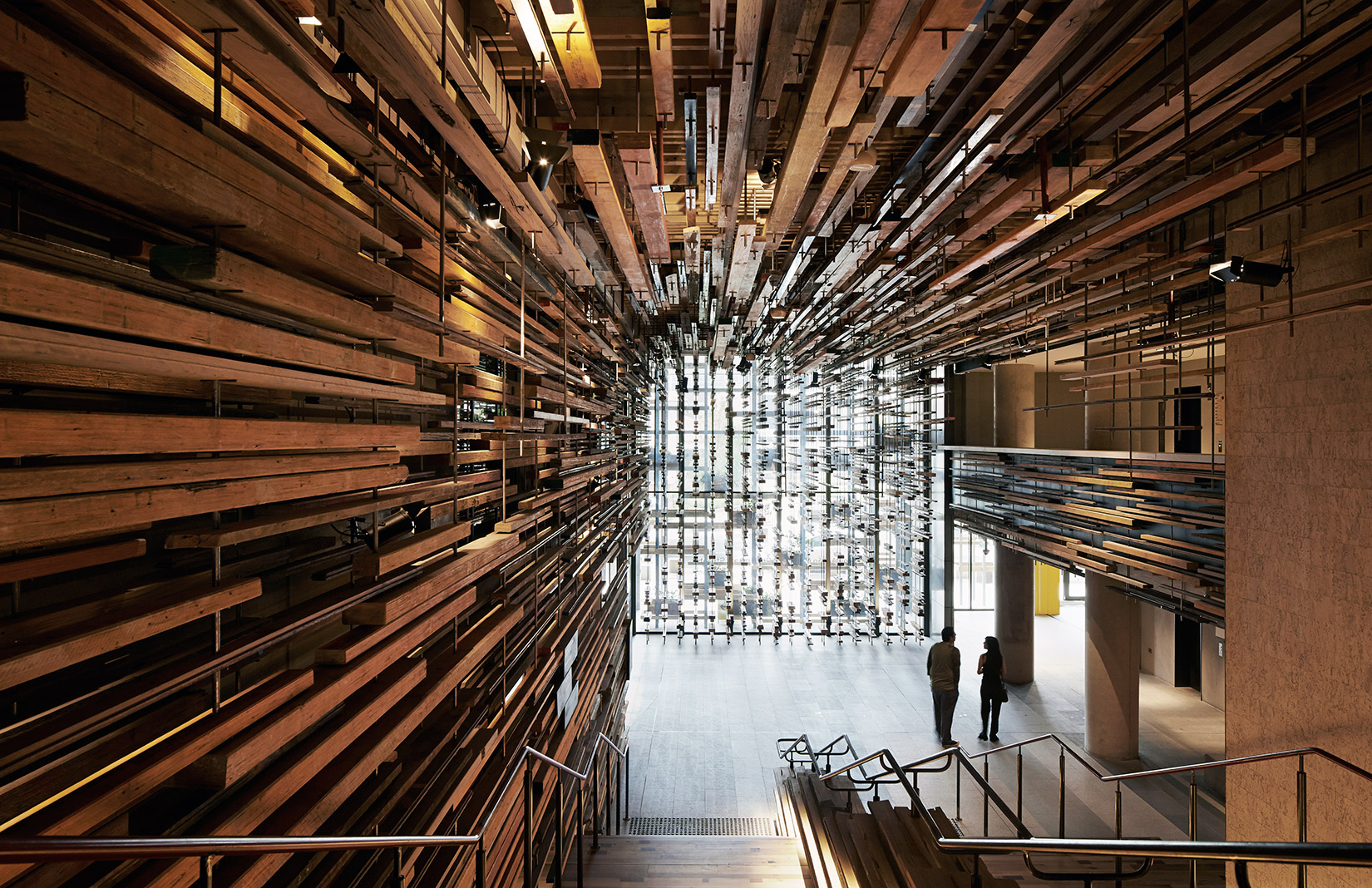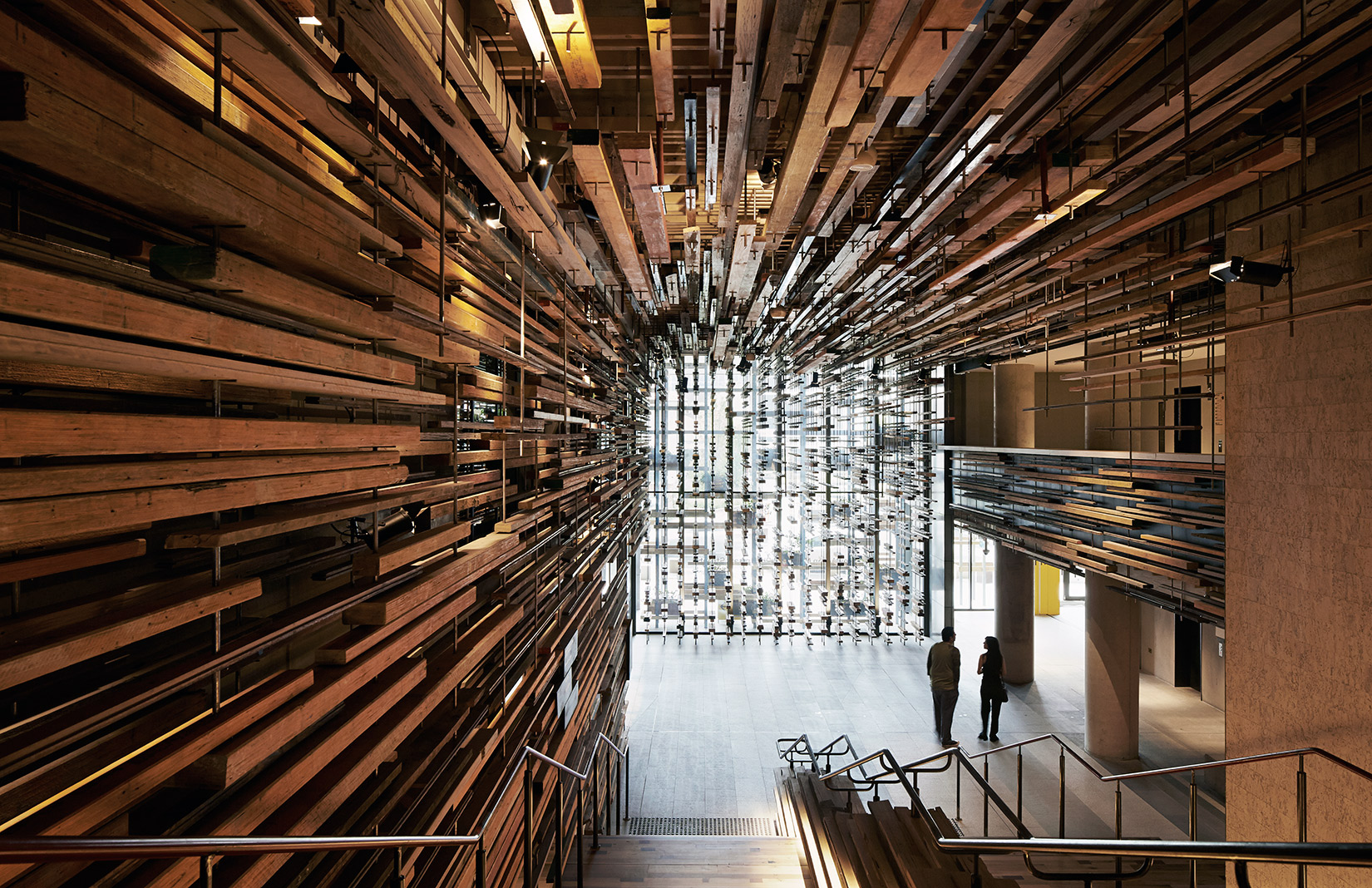
Evidence of the importance of tactile stimulation is hardly in short supply. As long ago as 1958, psychologist Harry Harlow demonstrated that infant monkeys chose artificial mother surrogates covered in cloth over those with milk. A later study showed that holding something warm makes people more likely to perceive others as friendly, trusting and generous. And the University of Miami’s School of Medicine concluded that premature babies make faster recoveries if, instead of being left in incubators, they are touched and moved regularly.
View that evidence in conjunction with our modern screen-based lives – the average person now looks at their phone more than 200 times a day – and it comes as no surprise that we are yearning to touch.
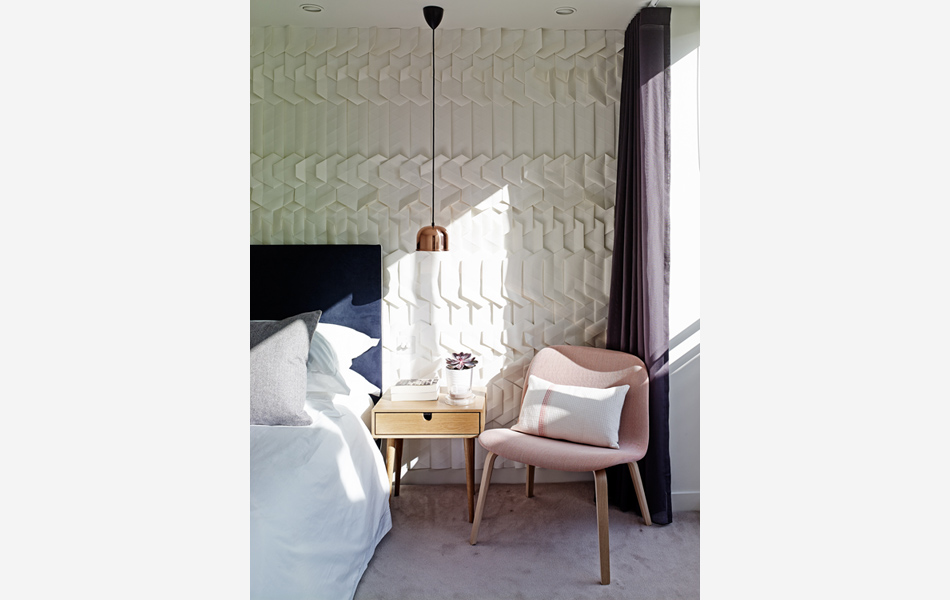
This desire is being met by the spaces in which we live, work and play. In the words of blind architect Chris Downey: ‘By paying greater attention to all the senses, environments can be more enjoyable and stimulating, without becoming more stressful.’
The winner of the 2015 RIBA House of the Year was Flint House, an undeniably tactile building. ‘Flint was chosen for its rawness,’ say architects Skene Catling de la Pena. ‘The texture of the building answers the rough clods of ploughed earth in the surrounding fields.’

Flint House by Skene Catling de la Peña. Photography: James Morris

Flint House by Skene Catling de la Peña. Photography: James Morris

Flint House by Skene Catling de la Peña. Photography: James Morris
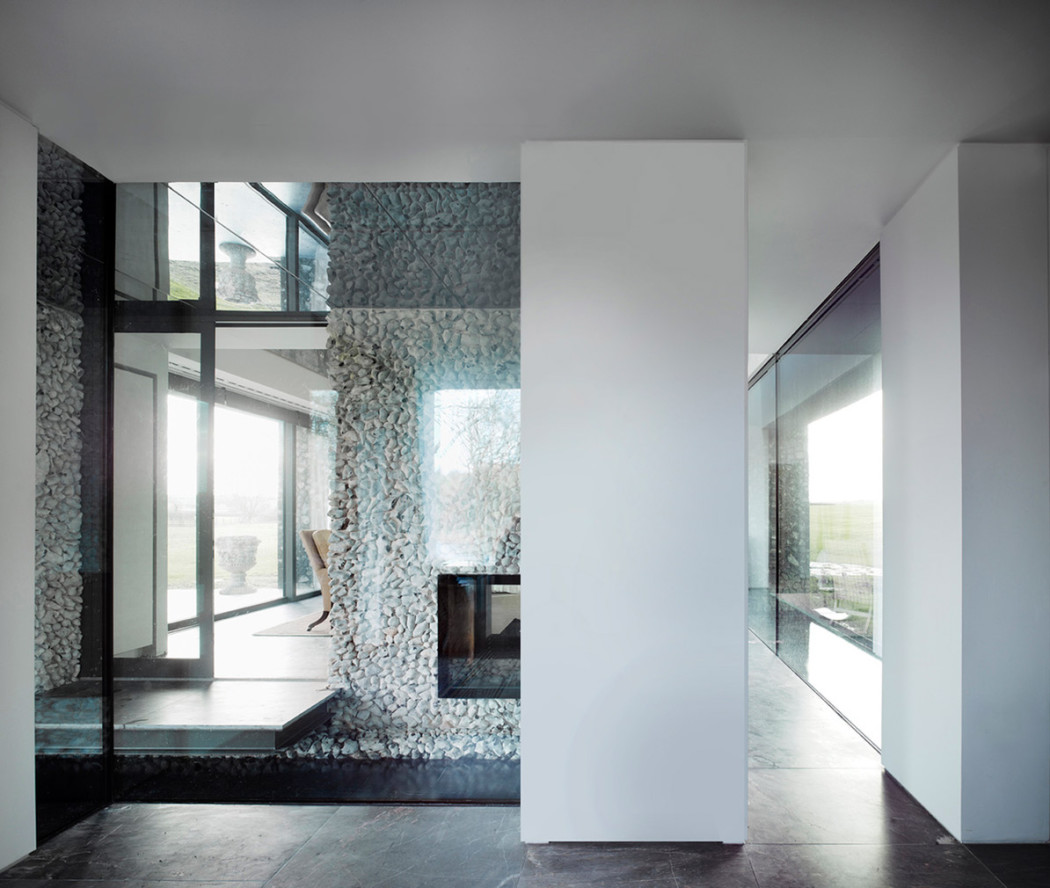
Flint House by Skene Catling de la Peña. Photography: James Morris
Similarly, the World Interior of the Year was the lobby and bar of Australia’s Hotel Hotel where more than 5,000 irregular wood offcuts fixed to the walls and ceiling create an immersive sensory experience. ‘The choice of raw elements gives a warmth and familiarity mixed with the excitement of the unexpected,’ said the judges.
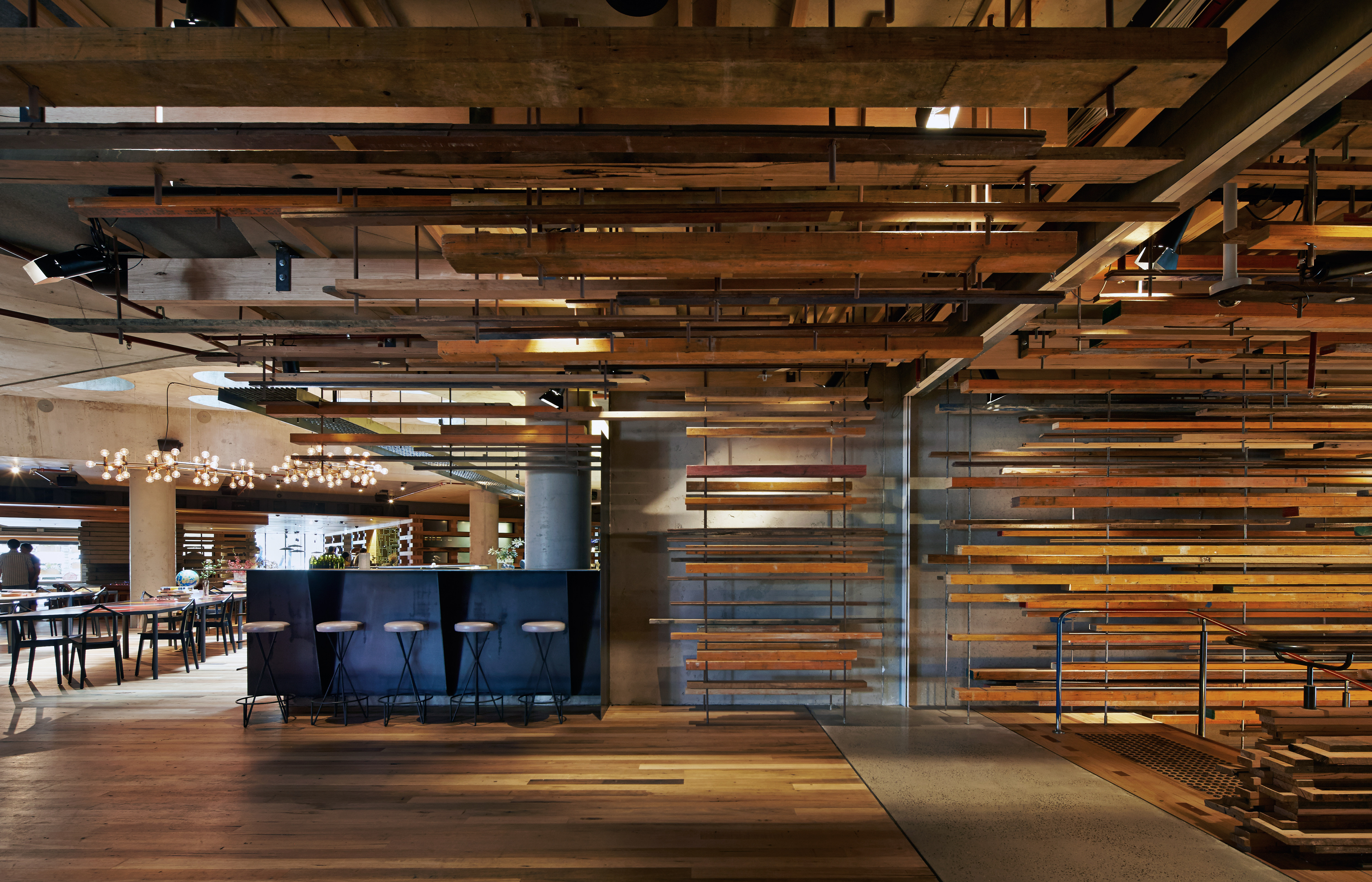
The same can be seen even in more modest interiors, which increasingly feature tactile finishes such as orientated strand board (OSB) or origami wallpaper like Tracey Tubb’s. Furniture and accessories beg to be touched, like Sebastian Cox’s Underwood Collection of furniture, complete with bark-covered tree branch legs, and Nicola Tassie’s Faceted Collection of stone jugs and mugs.
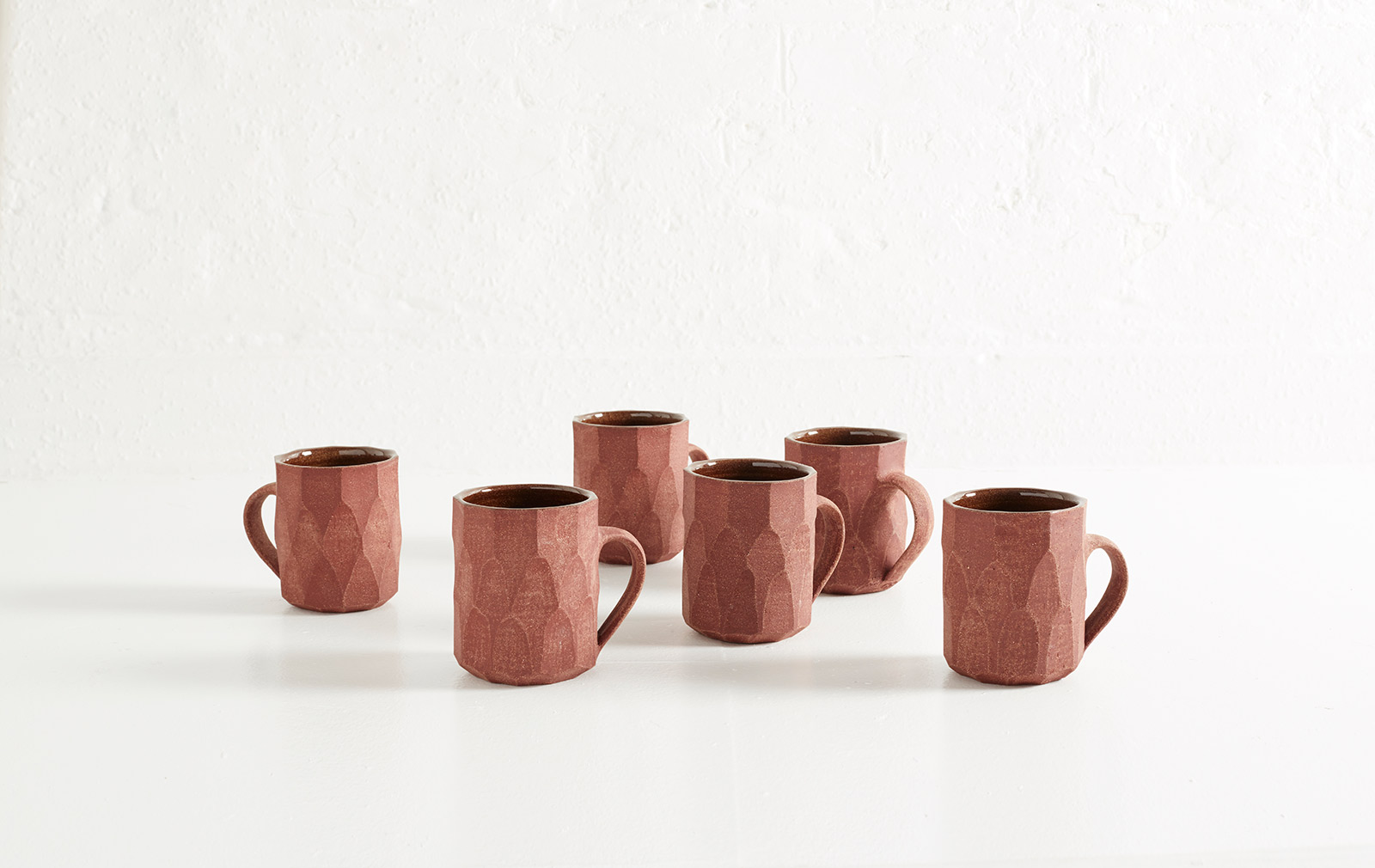
‘With simple forms, all you have to play with are the surfaces,’ says Tassie. ‘I’m aiming to make these pieces as unprocessed as possible. Perhaps the appeal is the same as unprocessed food – it’s considered better for us.’
Cox echoes this sentiment: ‘People are drawn to tactility because they are seeking something “real”. We spend so much of our time in the digital world – something natural brings us closer to reality.’
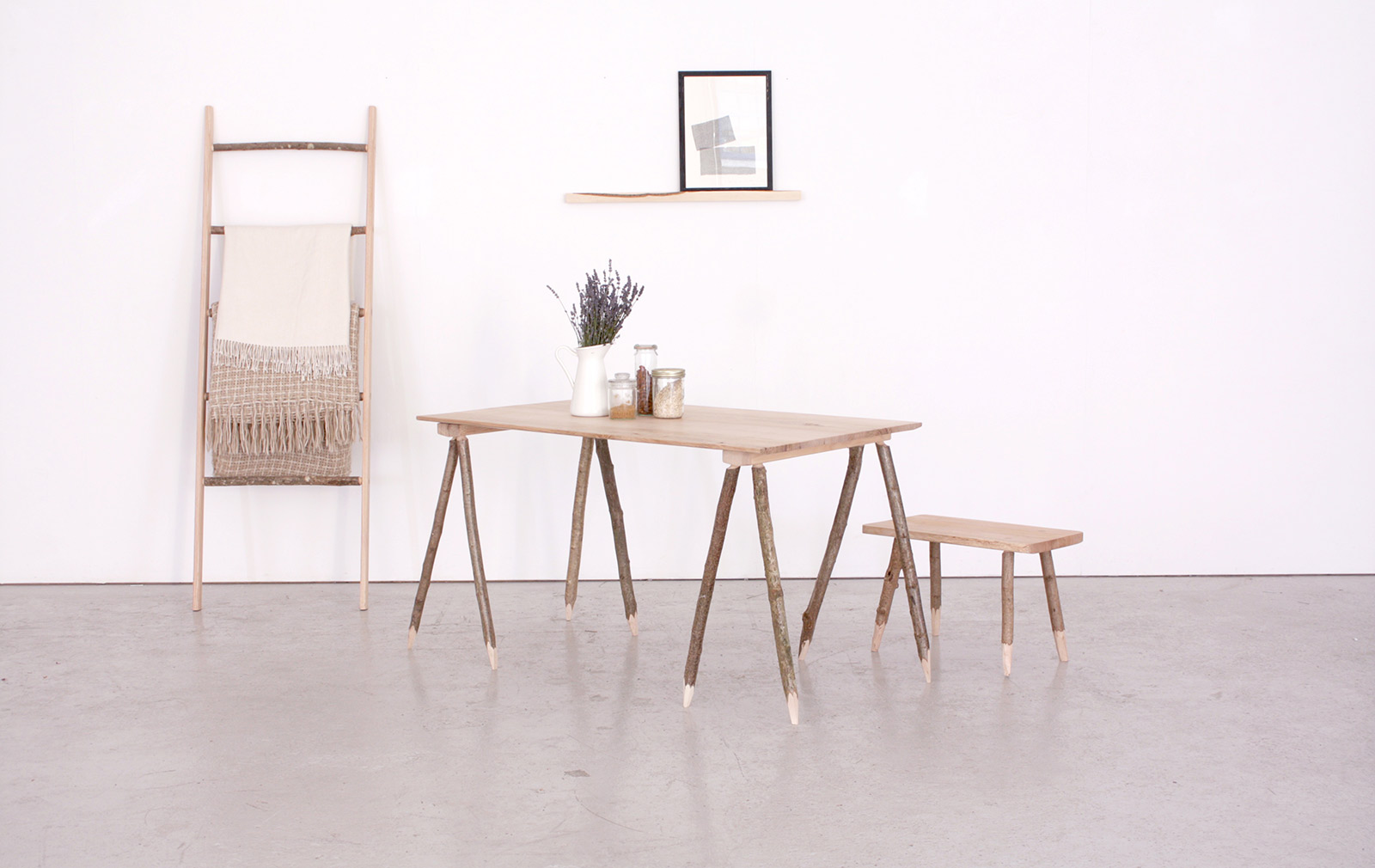
This idea is not just manifest in high-end architecture and design; there is a movement towards tactility even at the most populist end of the design spectrum. Ilse Crawford’s Sinnerlig range for IKEA features natural materials including cork and wood, which she says ‘add value to the experience of everyday living,’ explaining that: ‘The more digital our lives become, the more we crave the physical. It’s about balance. We are moving towards more tactile materials that engage the senses.’
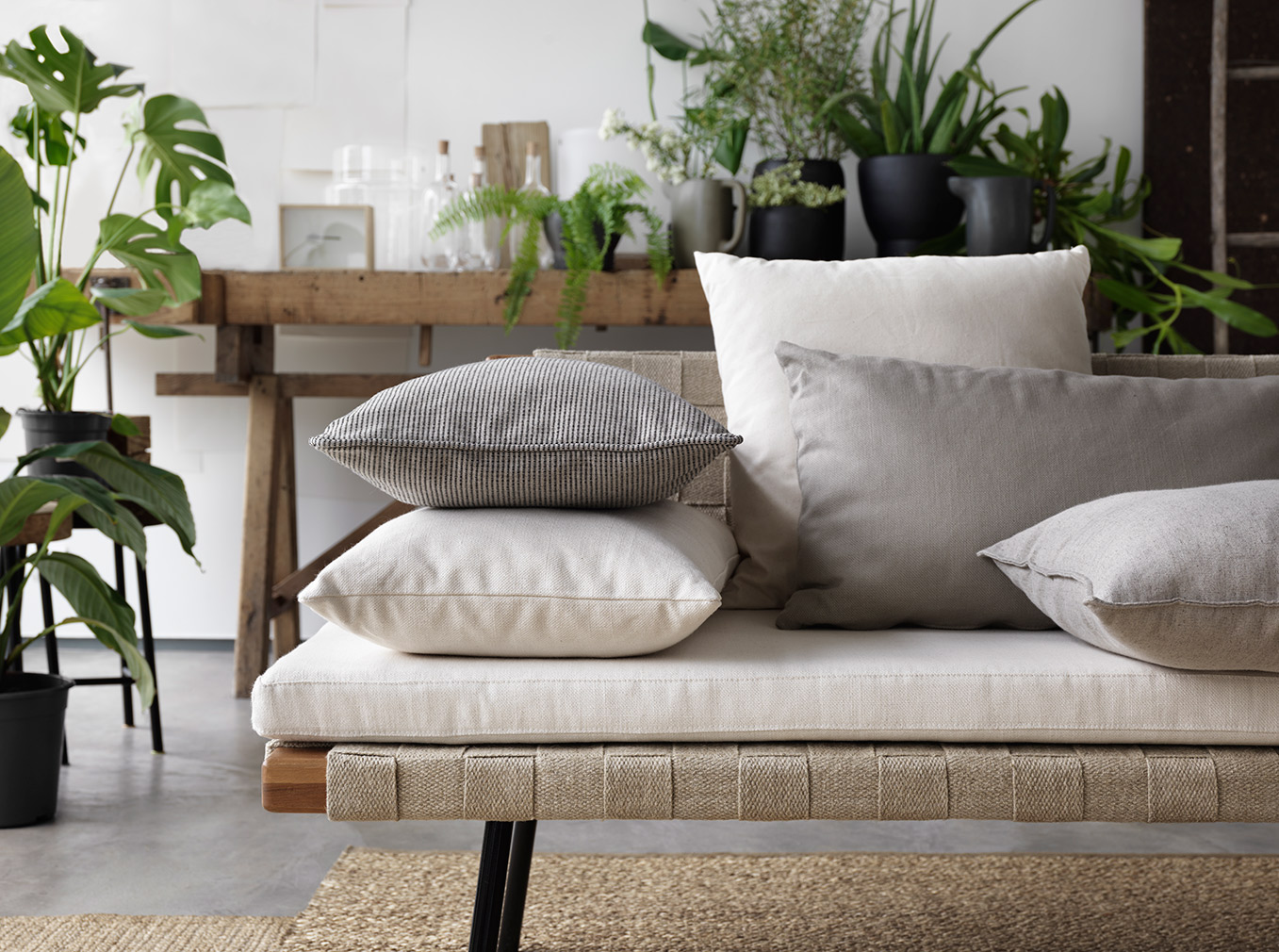
It’s no wonder creative director of Design Academy Eindhoven Thomas Widdershoven described tactility as ‘a political statement, a social statement, a human statement’ in his welcome address to the school’s 2015 graduate show. Tactility might seem counter-intuitive in the digital age, but it has perhaps never been more important – in design terms, it’s the strongest affirmation of our humanity we can make.




